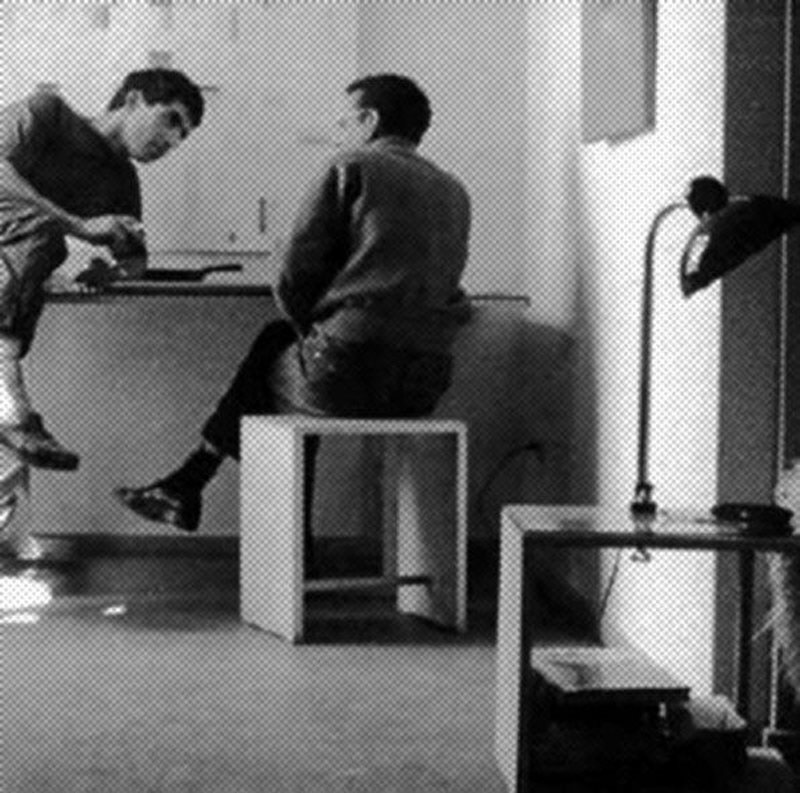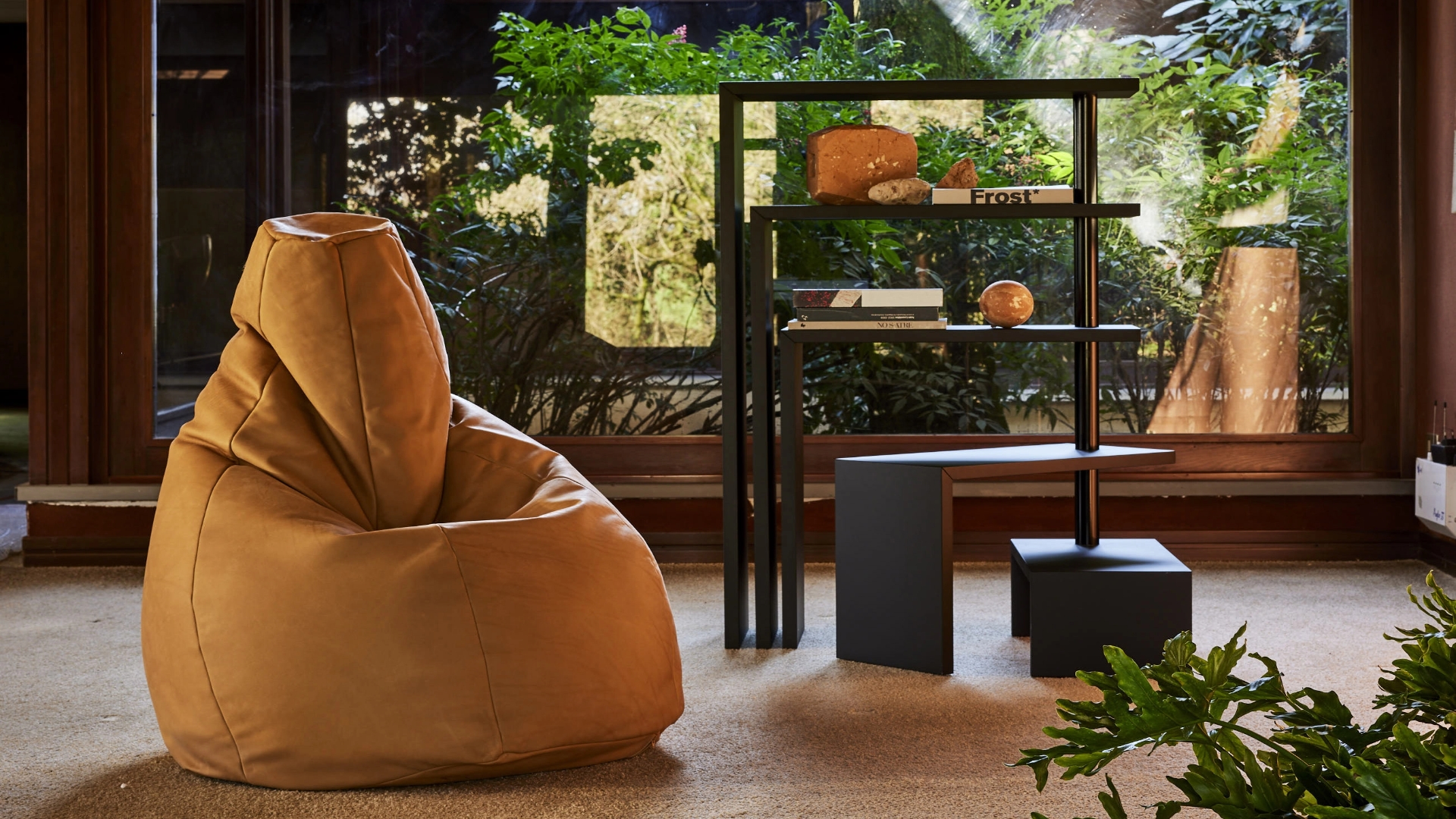The stool designed by Max Bill
Among the series of emblematic objects of the Zanotta philosophy, Sgabillo is one of the most coherent ones. Designed in 1950 by the Swiss designer, architect and artist Max Bill (co-founder of the prestigious Hochschule für Gestaltung, known as the School of Ulm), it is still in collection nowadays. With that funny name given by Aurelio Zanotta, a gentle and joking distortion of the basic function of the object. A geometrically shaped stool, made of natural varnished layered birch, still highly up-to-date, which represents a micro-manifesto of modern and functional way of thinking, natural embodiment of the Bauhaus principles, with which the designer was inspired by during his education and along his professional life. «The form is overused, making it a factor of sales growth», Bill used to write. «And yet if today, for aesthetic reasons, we are longing for beautiful shapes, we would not want to be misunderstood: it is always about shapes bound to the quality and function of the object».Here then Sgabillo: a small anonymous piece, living of the identity it was designed for, embodiment of that “good shape” that Bill aimed at throughout his career as a versatile designer and artist. Designed by Max Bill for the same Institute where he was rector and professor, the stool entered the Zanotta catalogue in the early Seventies (the same years as the legendary range Quaderna by Superstudio), in the two versions: one in natural varnished layered birch and one in black lacquered medium density fiberboard finished with scratch-resistant embossing. The Swiss designer initially conceived the Sgabillo with two heights, but is now made in the only version of 45 cm high, 40 cm wide and 27,5 cm deep. A thin wooden peg serves as footrest and additional grip to move the stool around, allowing multiple uses as a side table, alone or stacked, or as a useful accessory to lay a book on. Sgabillo has become an archetype by now, an element of cult-design of our time, an object-icon displayed in the permanent collections of six of the leading museums of design and art in the world, like Die Neue Sammlung in Munich and the Israel Museum in Jerusalem.

